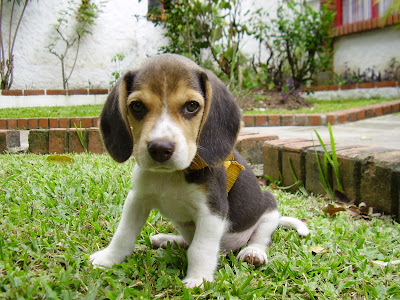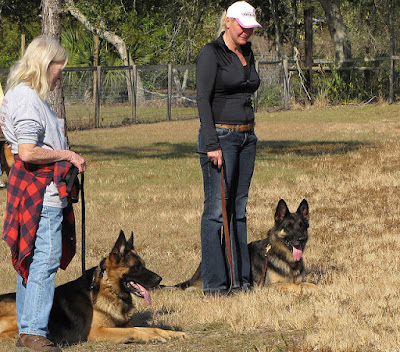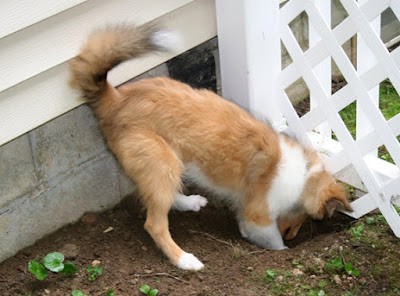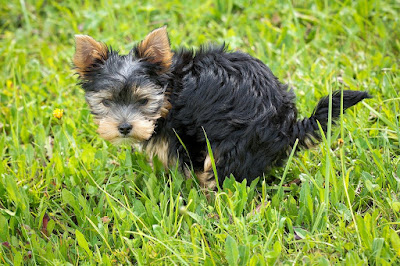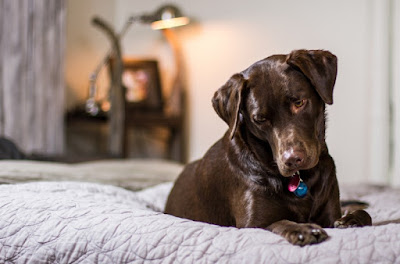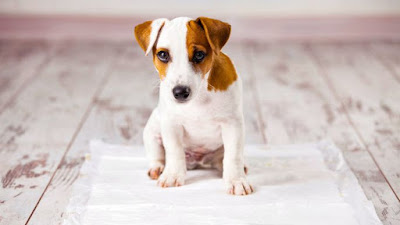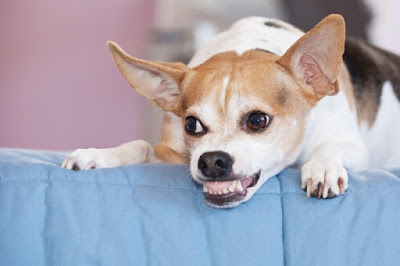Peeing puppies can be a very long and frustrating experience depending on the puppy. Some dogs learn quickly and almost naturally, others seem to have problems for months before they "understand" them.
In this article, I will give some tips to help dog owners to train in the bathroom. With these simple and effective tips, your puppy will be trained to swim in no time.
Remember that there is no magic wand that solves your problems instantly and easily if you make a puppy go to the bathroom or rid your dog of bad habits. Teaching and training a puppy requires patience, common sense and consistency.
Here are some tips to train your puppy successfully:
1. Stay calm:
The first thing you need to do is to stay calm and control your emotions. You are the only person responsible for your reactions. Remember that just as you are teaching a toddler how to use the toilet, your puppy does not fully understand the concept of going outside to the bathroom. It's not your fault that you have not been trained to go to the bathroom, so do not blame them and you'll feel frustrated and angry with them.
The truth is, you're really pushing back into the process when you're angry and screaming at your puppy. Your puppy will be angry and frustrated if he does nothing to relax and obey his command to go to the bathroom. Being in an unstable and anxious state prevents your puppy from peeing or pooping when and where it will do so. And forget to rub all the rubbing from your nose if you go to the wrong place. It is a technique "in school" that is cruel and does not work.
Why did your puppy urinate in the house at all? Because I had to go, right?
Her small bladder probably broke at the seams and she finally arrived at the place where she thought, "I have to go and I have to go, NOW!" And what else could I do with the door closed? Open the door or tell him to go to the bathroom. Your puppy is not vengeful or tries to make your life unhappy. He just had to go to the bathroom.
So if you rub your puppy's nose in his pee or in his feces, he still does not know where to go. They do not teach him anything. Of course he understands that you are not happy that he pissed in front of the couch, but you still do not communicate where you want to go to the bathroom. You have to SHOW where you can pee and pee. Outside. I got it
2. Focus on the goal:
It is ironic that the most common mistake that dog owners make in toilet training is also the most important one. Most people try to punish their dogs for doing the wrong thing and do less to reward their dog if they get it right.
In other words, we jump over our puppy when we shit in a corner of the living room. We are crazy as hell and our dog knows it. But when he kicks in the end, we barely notice it. Here's a secret ... Reward your puppy with an incredible gift when you go to the toilet in the right place! Give your puppy a really tasty treat right after birth. I do not say 30 seconds later ... I say 2-3 seconds later. Your puppy must associate the reward with the act of going to the bathroom.
Here is a good thing. Keep a glass of goodies near where your dogs go. In this way, you have a ready-made treatment right away. Do not forget to make him happy every time you go to the bathroom in the right place. Not from time to time, but always. Consistency is the key here. You can also say "Good Boy (or Girl)" and give it a positive note to reinforce the praise. Puppies love to be rubbed and touched.
3. It will take some time:
Most dog experts say that a puppy has no control over his bladder for the first eight weeks of his life. You can try to train a puppy at this stage, but do not get frustrated if you do not see much progress. Training a puppy can take weeks or even months. So be prepared mentally before you start, and you will be much better. Another advice is not to emphasize failures too much. Learn from your mistake (if you've done one) and move on. Do not be punished Keep relaxed and keep going.
These are some of the most important things to learn toilet training your puppy. If you want to train your dog successfully, you must always be patient and persistent.
References:
https://getfreedogtraining.com/12-tips-train-german-shepherd-puppy-poop-outside/
https://www.freedogtrainingclasses.com/how-to-toilet-train-your-puppy-in-7-days/












